Underwear—something nearly everyone wears but rarely thinks about—is one of the most intimate yet overlooked pieces of clothing in human history. Beneath our daily outfits lies a story that spans thousands of years, shaped by culture, fashion, function, and even technology. What started as simple strips of fabric has evolved into an industry worth billions, blending art, science, and comfort in ways our ancestors could never have imagined.
The history of underwear reveals much about human civilization itself. Ancient societies crafted loincloths from linen and leather for protection and practicality, while later generations used undergarments to express status, modesty, and even rebellion. By the 19th century, underwear had become a social marker—what you wore beneath your clothes said as much about class and gender as the garments seen in public.
In the 20th century, innovations in textiles, design, and marketing transformed underwear into both a fashion statement and a symbol of self-expression. From the invention of men’s briefs to the rise of lingerie brands like Victoria’s Secret, undergarments became as much about style and identity as about comfort and hygiene. Today, in the 21st century, technology is even finding its way into our drawers—literally—with smart underwear that monitors body functions and health metrics.
From ancient Egyptian linen wraps to luxury lace and high-tech fabrics, the evolution of underwear tells a surprisingly rich story of human progress, creativity, and comfort. So, before you pull on your next pair, take a moment to appreciate what lies beneath—it’s a hidden history worth uncovering.
1. The First Underwear Dates Back to 7,000 Years Ago
Image
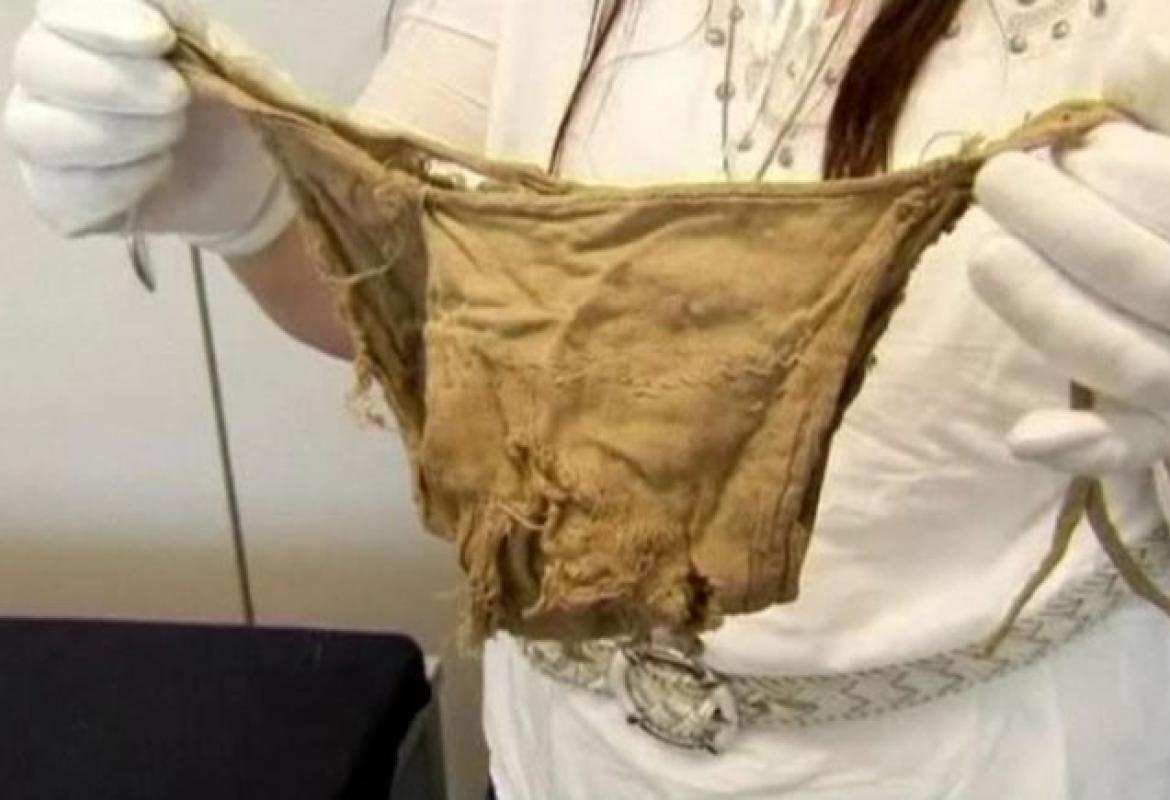
Long before fashion or modesty became cultural cornerstones, underwear began as a simple solution to a practical problem: comfort. The earliest known version appeared around 5000 BCE in ancient Egypt, where both men and women wore linen loincloths. Far from being secret garments, these wraps were worn openly by laborers, hunters, and even royalty. Made from breathable linen, they protected the skin from chafing in the desert heat. Interestingly, these loincloths served more hygienic than decorative purposes, symbolizing the earliest human attempts at body care. This primitive piece of clothing laid the foundation for what would become a universal human necessity—underwear.
2. King Tut Was Buried with 145 Pairs of Underwear
Image

When archaeologists opened King Tutankhamun’s tomb in 1922, they found not just gold treasures but also an enormous stash of underwear—145 pairs to be exact. Ancient Egyptians believed in preparing for the afterlife with everything one might need, from food and jewelry to fresh linen garments. Tut’s plentiful supply of underwear suggests not only royal luxury but also the importance of cleanliness and comfort, even beyond death. Each piece was crafted from fine linen, folded neatly, and stored with care. It’s a fascinating glimpse into how underwear wasn’t just practical—it carried spiritual meaning in ancient Egyptian culture.
3. The Word “Underwear” Wasn’t Common Until the 1900s
Image

Before the 20th century, people used more delicate or descriptive terms to refer to their undergarments—“unmentionables,” “smalls,” “drawers,” or “linen.” The term “underwear” itself was considered too blunt or immodest in polite society. During the Victorian era, discussing such garments publicly was often frowned upon, reflecting strict social norms about decency. It wasn’t until the early 1900s, with industrialization and mass production of clothing, that “underwear” entered common vocabulary. This shift marked not just a linguistic change but a cultural one—acknowledging undergarments as everyday essentials rather than taboo topics.
4. Men’s Briefs Were Inspired by Swimwear
Image
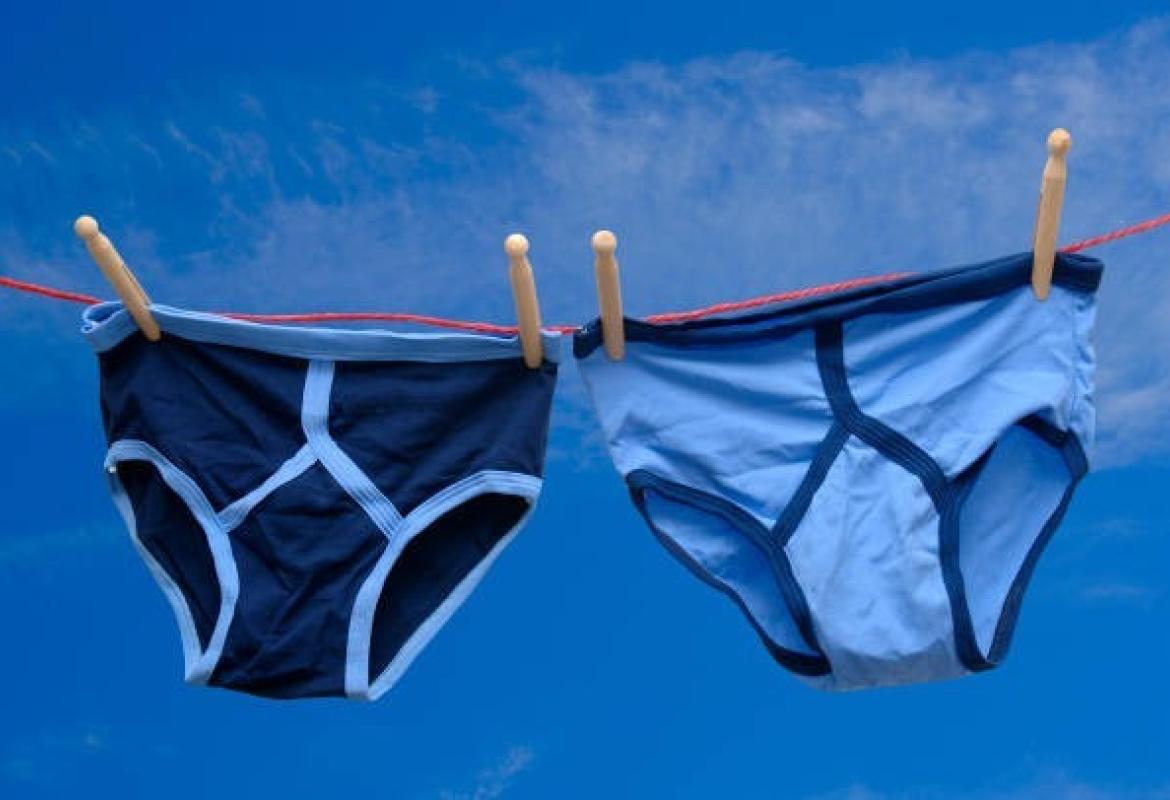
In 1935, designer Arthur Kneibler of Coopers Inc. (later Jockey) received a postcard from a friend in France featuring a man in a tight, bikini-style swimsuit. Inspired by the design, he created a supportive, form-fitting undergarment for men—the modern brief. Dubbed the “Jockey” for its resemblance to athletic wear, the new design debuted in Chicago during a blizzard and sold out instantly. Men embraced the comfort and freedom of the brief, and it soon replaced bulky long johns. This simple innovation revolutionized men’s underwear, combining fashion, function, and athletic appeal in one sleek design.
5. Women Didn’t Regularly Wear Underwear Until the 1800s
Image
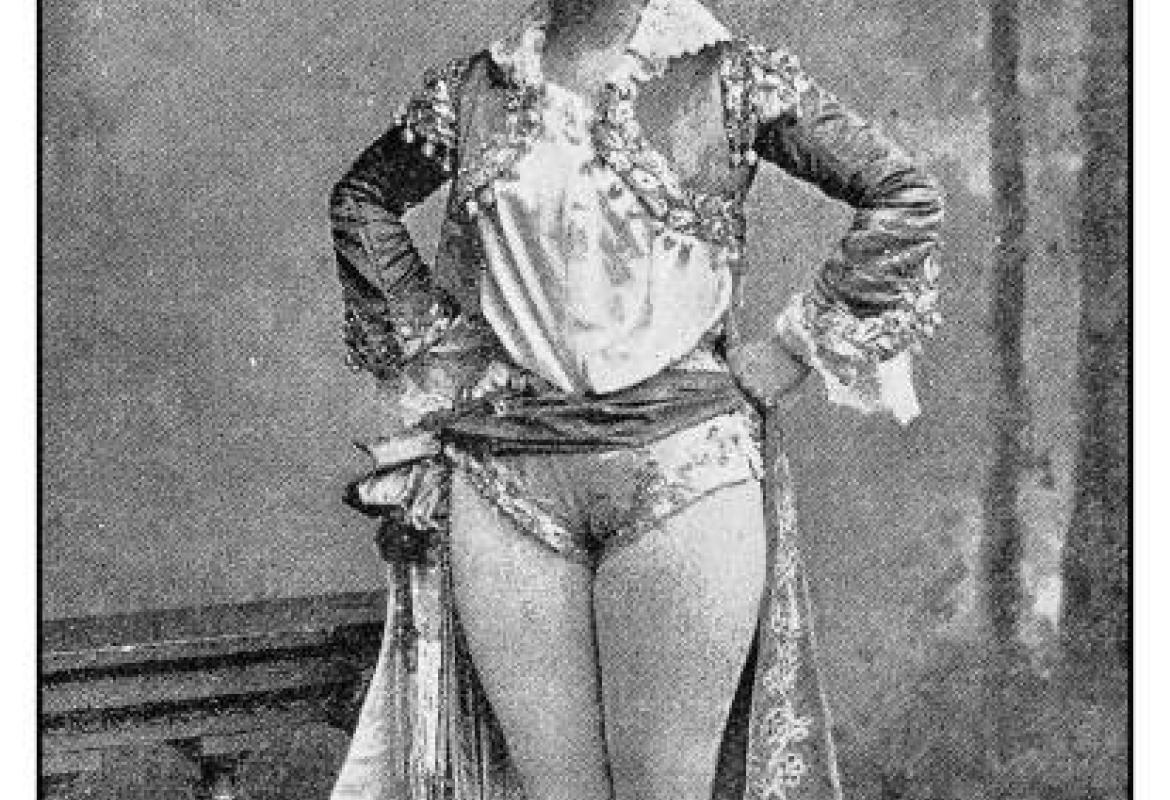
Surprisingly, for most of history, women didn’t wear underwear as we know it today. Flowing dresses and multiple layers of petticoats provided modesty, making undergarments unnecessary. It wasn’t until the Victorian era that women began adopting bloomers and pantaloons—long, loose drawers tied at the waist—for comfort and warmth. These early garments marked a shift toward practicality and hygiene, influenced by social reformers like Amelia Bloomer. By the 20th century, corsets gave way to bras and panties, symbolizing newfound freedom and evolving ideas about femininity and self-expression.
6. The World’s Most Expensive Underwear Was Worth $15 Million
Image

In 2000, Victoria’s Secret unveiled the “Red Hot Fantasy Bra and Panty” set, valued at a staggering $15 million. Encrusted with 1,300 rubies, 300 carats of Thai rubies, and 340 carats of diamonds, it holds the Guinness World Record for the most expensive underwear ever made. Designed for supermodel Gisele Bündchen, the piece was less about comfort and more about luxury and publicity. Beyond the sparkle, it symbolizes how underwear evolved from a hidden necessity into a glamorous fashion statement—a far cry from the humble linen wraps of ancient times.
7. Commando Isn’t a Modern Concept
Image
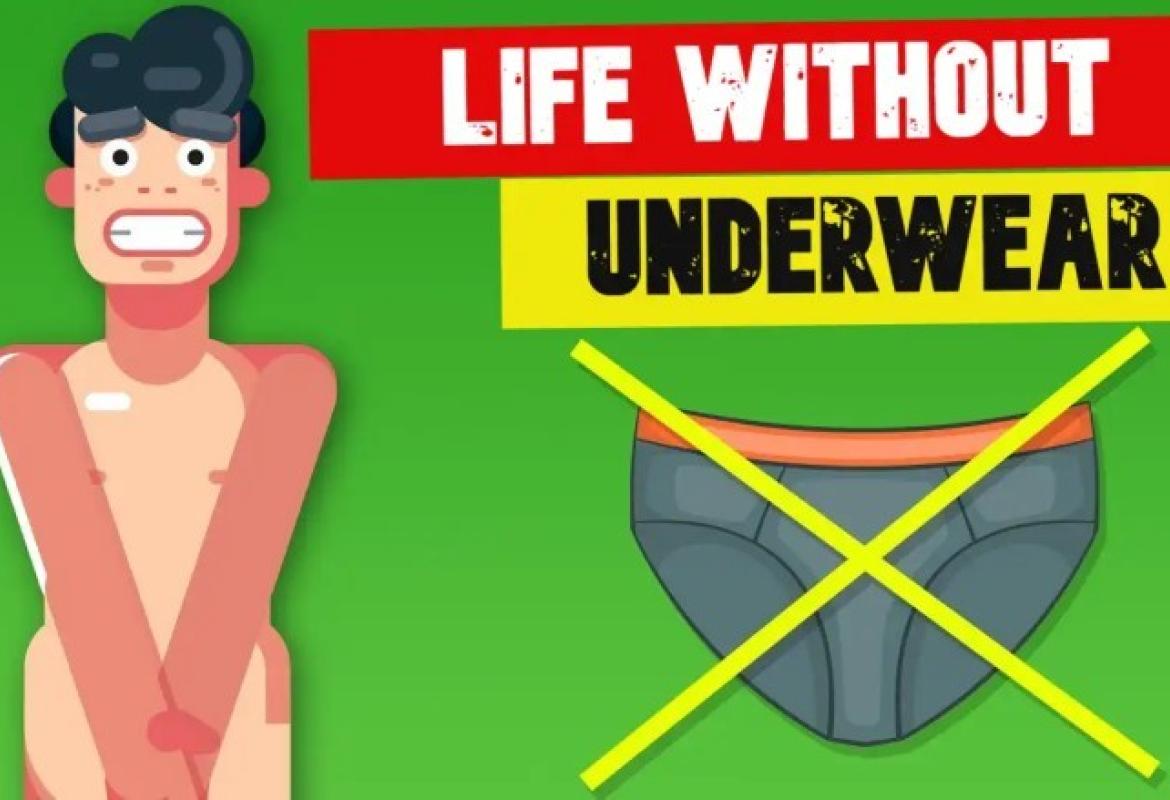
Though “going commando” became a trendy phrase in the 1970s, the idea of skipping underwear is as old as clothing itself. In ancient times, underwear was a luxury item made of scarce fabric, so many people—especially the poor—simply didn’t wear any. Even medieval peasants and warriors often went without, relying on tunics or armor padding instead. The phrase itself originated from U.S. soldiers, who reportedly ditched their underwear for comfort during combat missions. So while the modern phrase sounds rebellious, it’s actually a return to humanity’s oldest clothing habit—bare simplicity.
8. Underwear Can Be Made Smart
Image
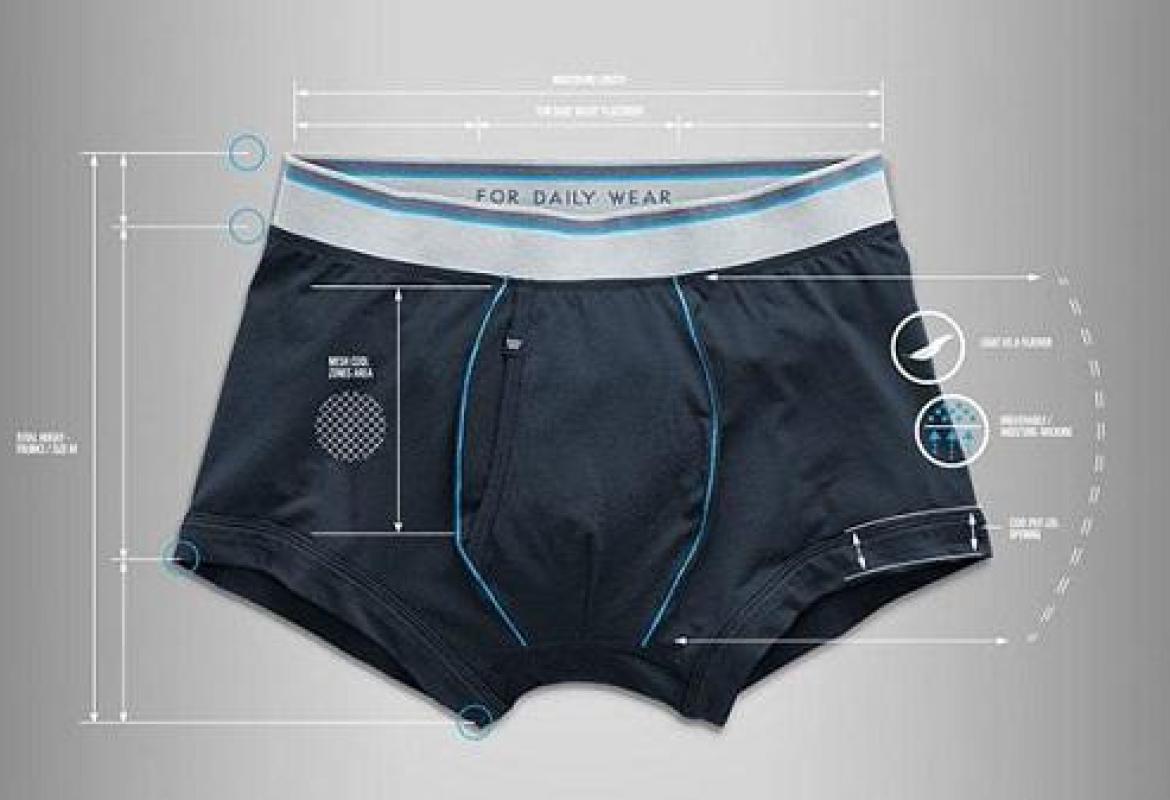
Welcome to the age of “smart undies.” Today’s underwear can do far more than just provide support—it can monitor your health. Companies are developing garments embedded with sensors that track posture, body temperature, heart rate, and even fertility. Some designs use smart fabrics to improve circulation or enhance athletic performance. From smart bras that detect early signs of breast cancer to fitness boxers that sync with your phone, the future of underwear is surprisingly high-tech. It’s proof that even the most private garment can play a vital role in modern innovation.
9. Boxer Briefs Are the Most Popular Men's Style
Image
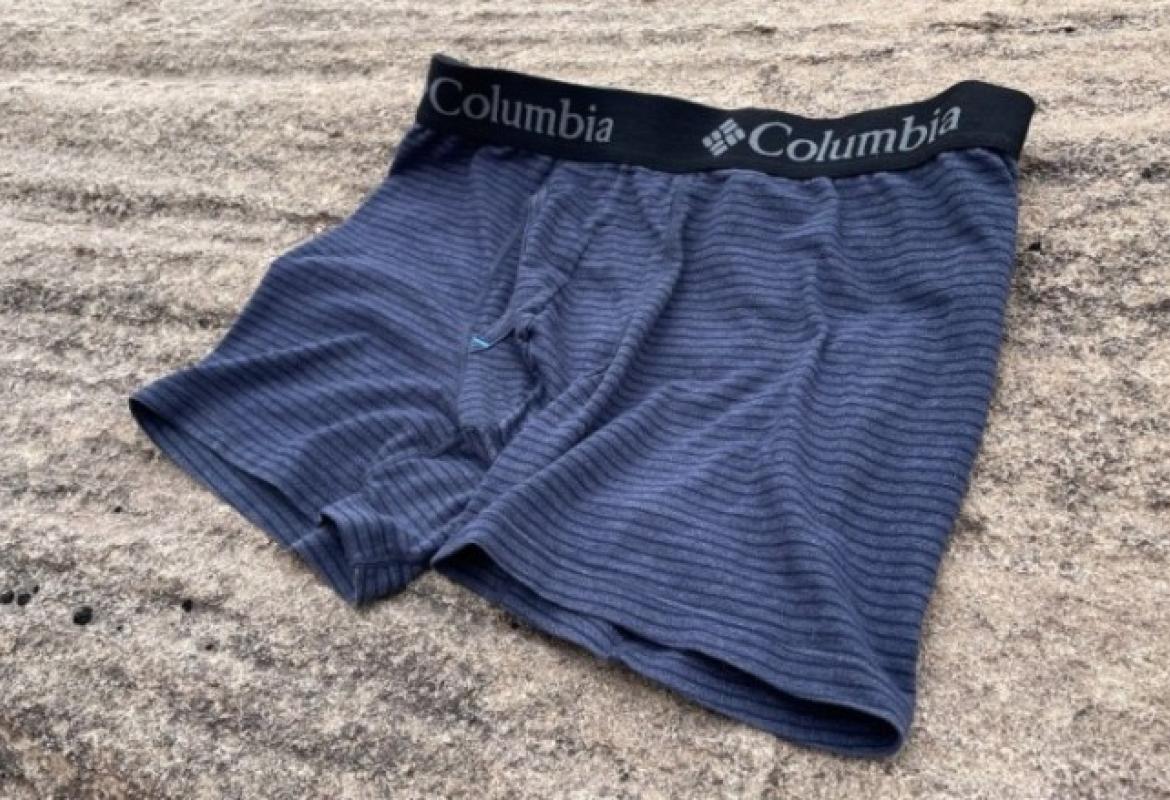
Among all men’s underwear types—briefs, boxers, trunks, and thongs—boxer briefs reign supreme. Combining the snug support of briefs with the leg coverage of boxers, this hybrid style became mainstream in the 1990s. Popularized by fashion icons and athletes alike, boxer briefs offer comfort, flexibility, and style that appeal to nearly every body type. Surveys consistently show that men (and their partners) prefer them for everyday wear. The design’s balance of practicality and appeal has made boxer briefs the gold standard in men’s underwear fashion worldwide.
10. There’s a National Underwear Day
Image

Yes, it’s real—August 5 is officially National Underwear Day! Founded in 2003 by underwear brand Freshpair, this quirky holiday celebrates body confidence, comfort, and the freedom to feel good beneath your clothes. Over the years, events have included fashion shows, awareness campaigns, and even record attempts for the largest gathering of people in their underwear. The day encourages everyone to embrace their own style—whether it’s lace, cotton, or nothing at all. National Underwear Day reminds us that confidence starts with comfort, right down to the layer closest to our skin.









